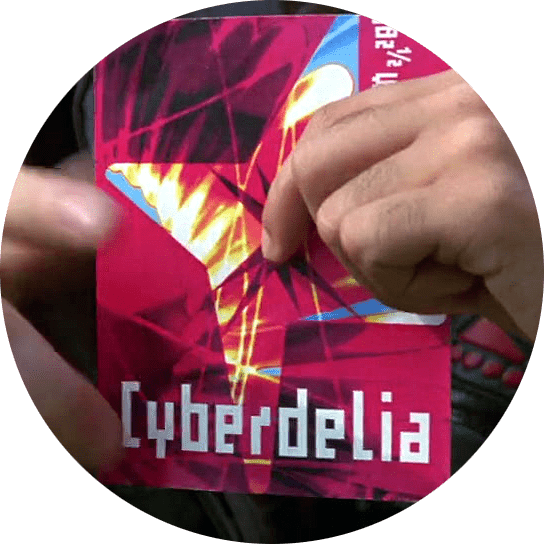
The Crime is Curiosity. Ultimate cyberpunk lounge/club destination for random moments of Hackers movie nostalgia and lols.

The Crime is Curiosity. Ultimate cyberpunk lounge/club destination for random moments of Hackers movie nostalgia and lols.